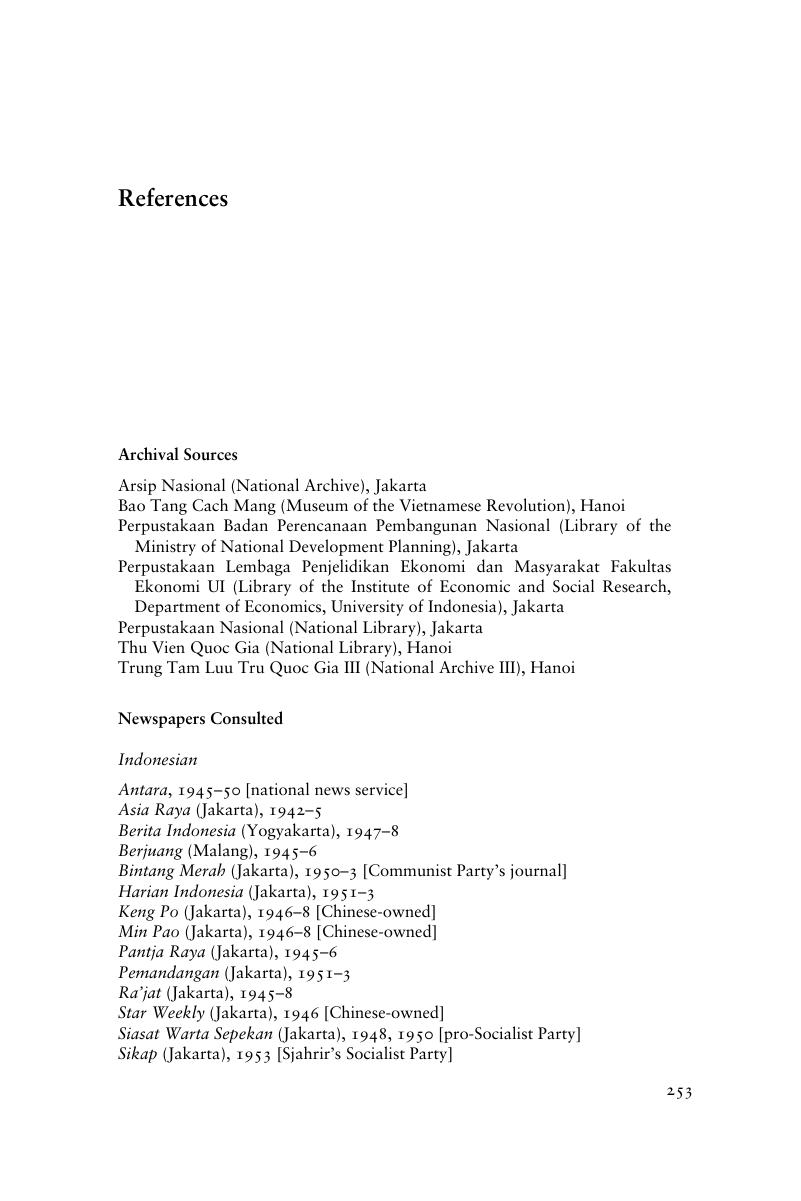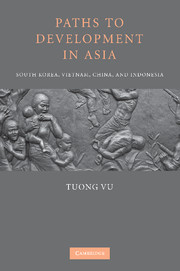References
Published online by Cambridge University Press: 04 August 2010
Summary

- Type
- Chapter
- Information
- Paths to Development in AsiaSouth Korea, Vietnam, China, and Indonesia, pp. 253 - 276Publisher: Cambridge University PressPrint publication year: 2010

